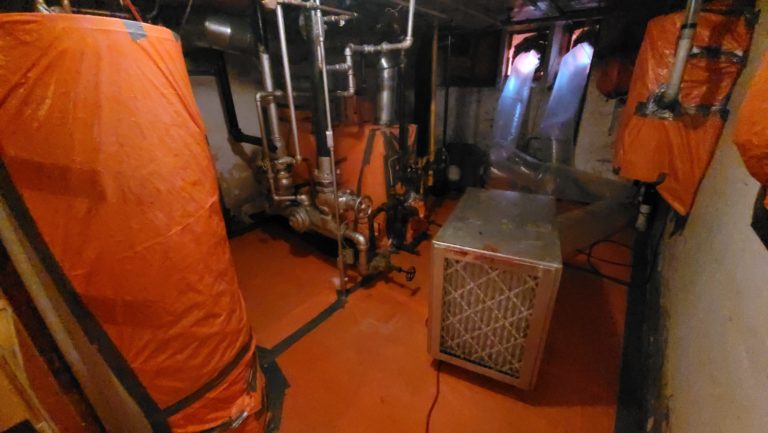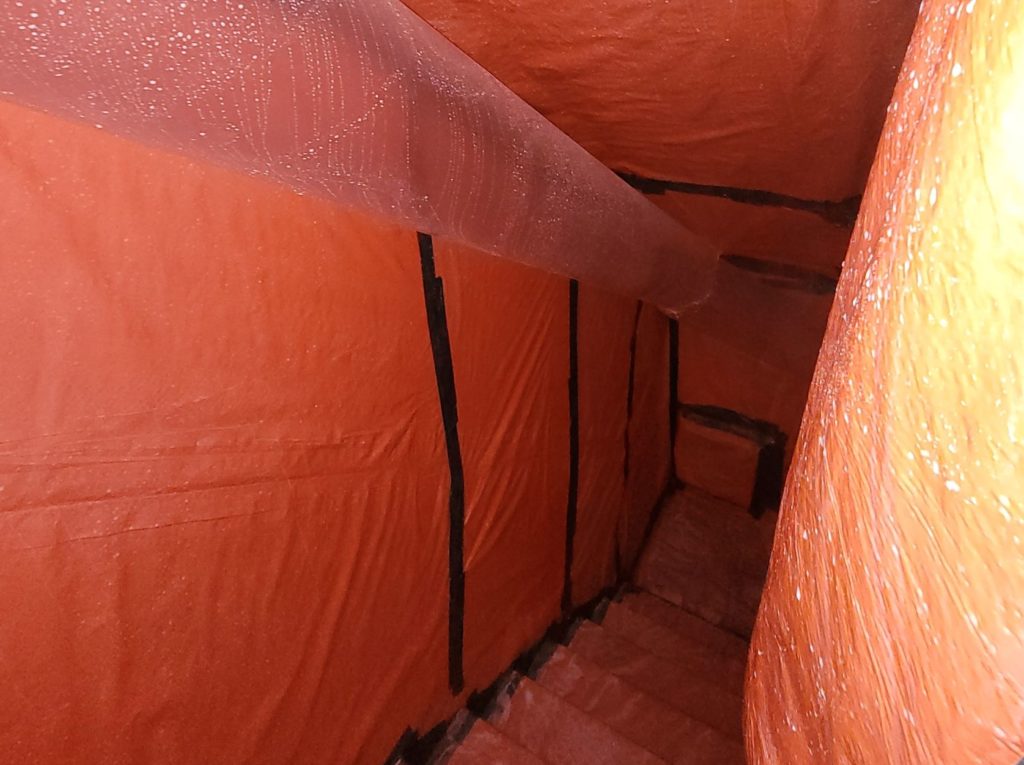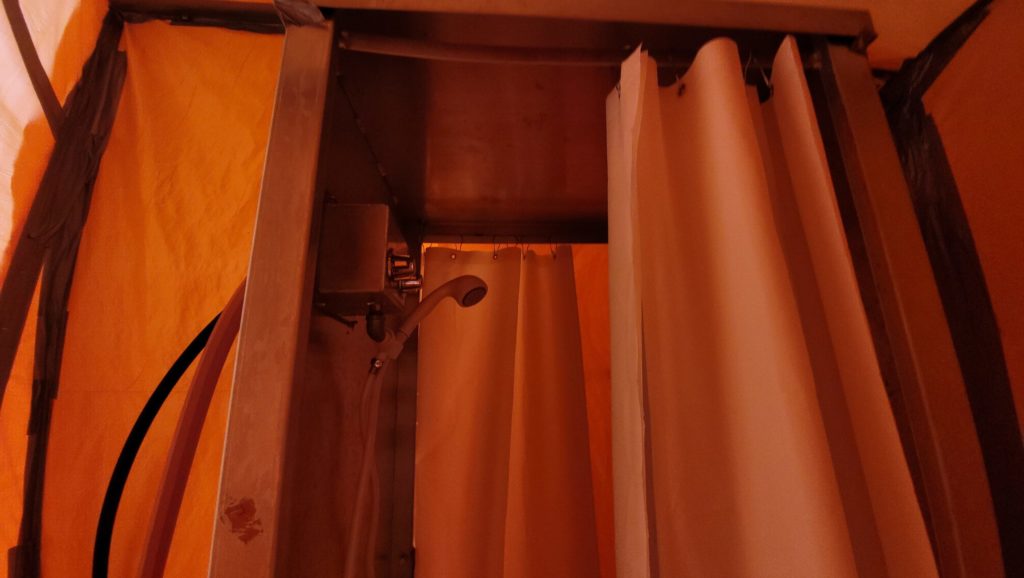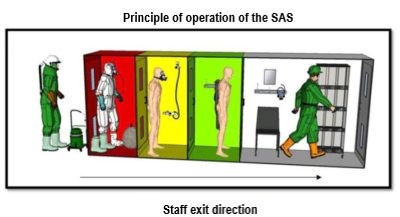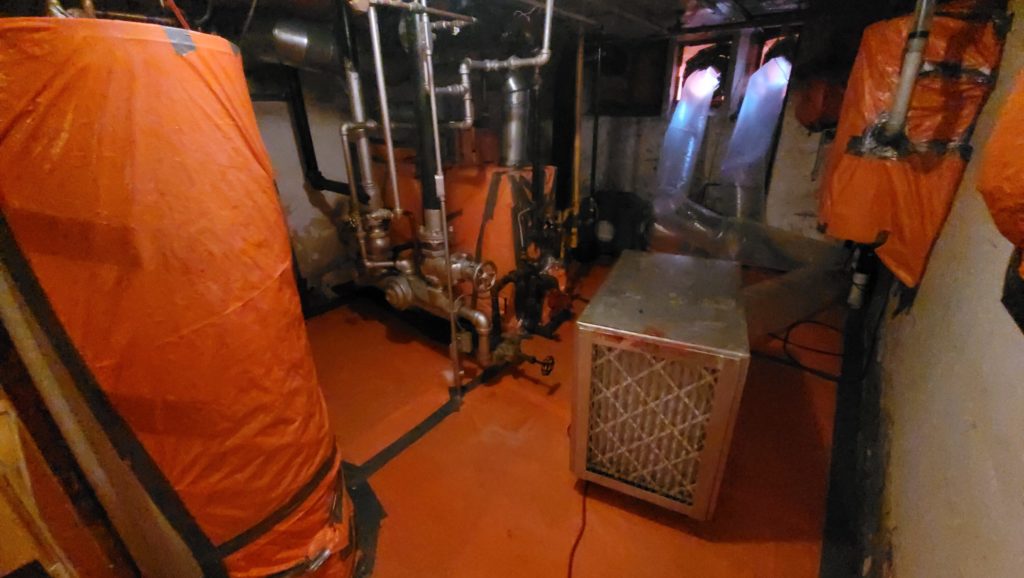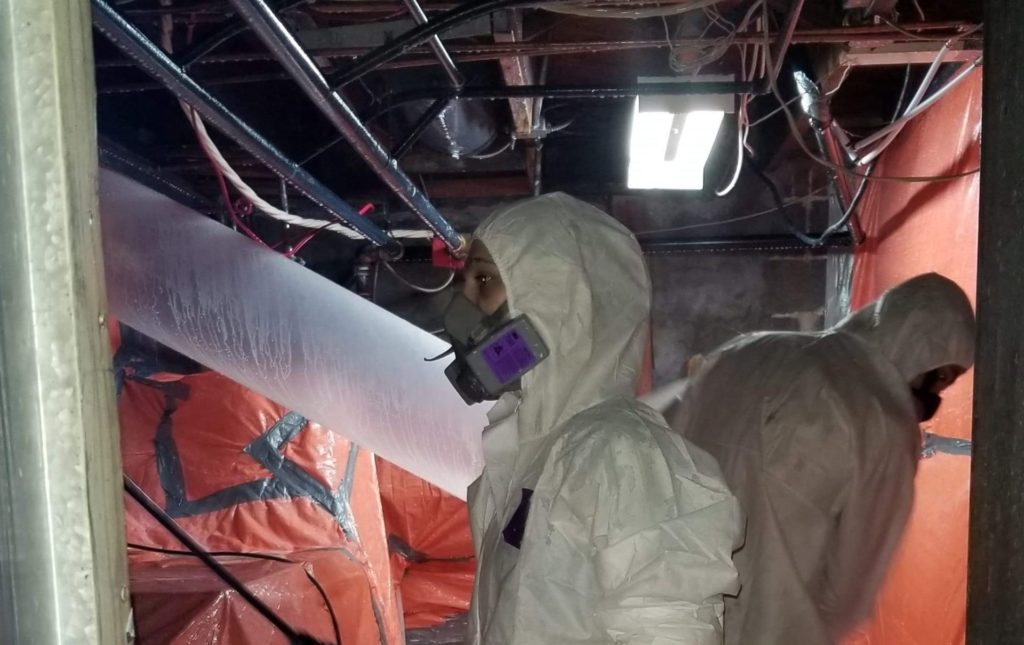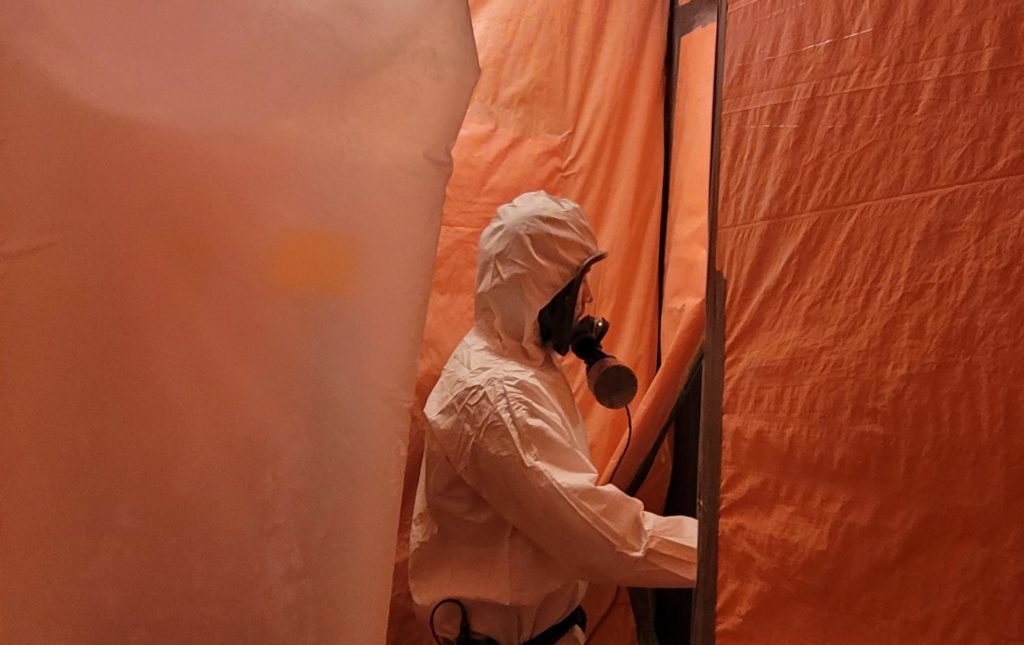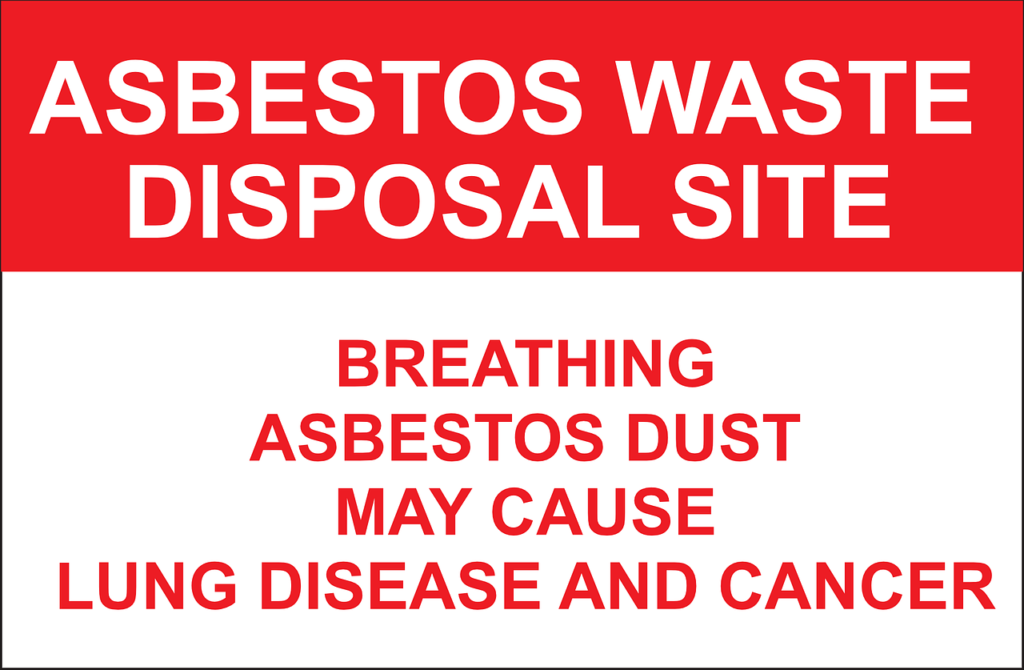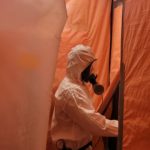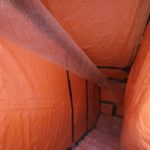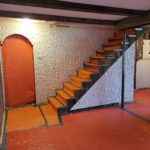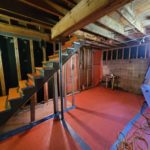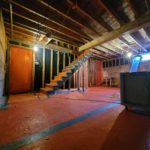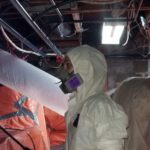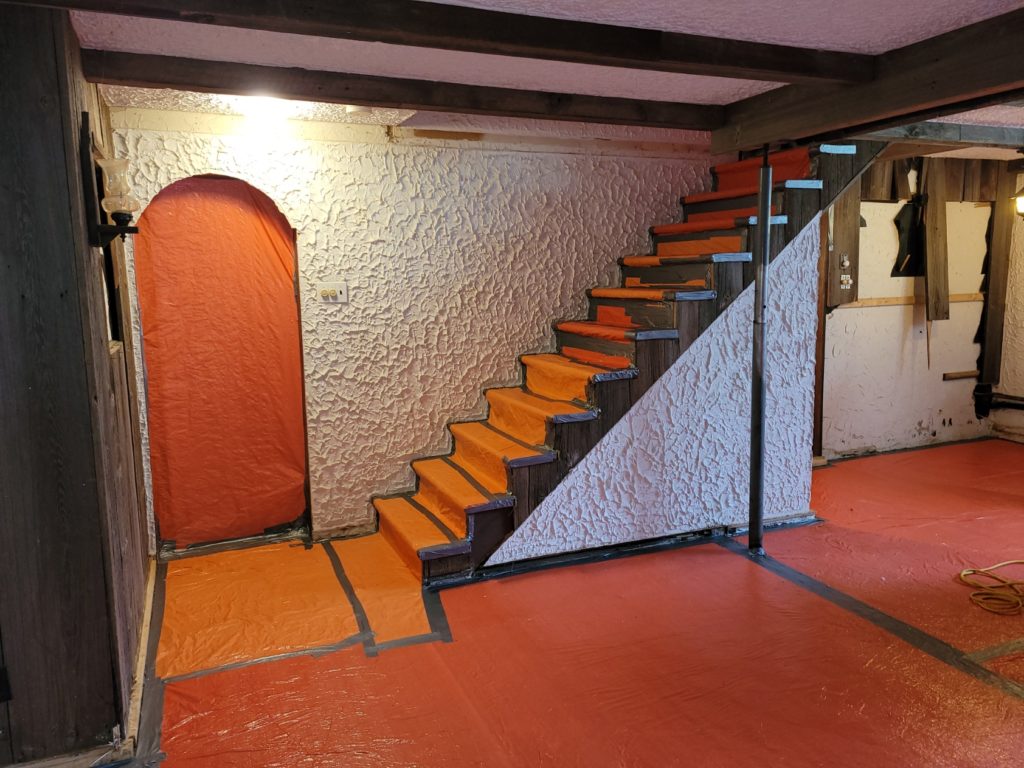F.A.Q.
Frequently asked questions about asbestos
When is asbestos dangerous?
Asbestos is very harmful when it is present in the form of dust, invisible to the naked eye, floating in the surrounding air, so asbestos fibers can be breathed in.
Is it dangerous to live in a house with asbestos?
Asbestos poses a health hazard when asbestos fibers are stirred up into the air. In other words, asbestos poses a health risk only when fibers are suspended in the air and people breathe them in.
Who can do asbestos removal?
Only a certified company should perform asbestos decontamination work. Asbestos removal work requires a lot of precautions before and during the work. If the work is not carried out according to the standards in force, this can become a real problem for the occupants. This is why we always recommend doing business with experts.
Where is the asbestos disposed of at the end of the work?
At the end of the day or at the end of the asbestos removal work, the asbestos-contaminated debris is transported to a site where the materials will be taken care of and handled according to safety standards.

